![]()
![CSUN political science professor Leigh Bradberry. Photo by Chris Horton.]()
CSUN political science professor Leigh Bradberry. Photo by Chris Horton.
Presidential debates are intended to help voters wade through the rhetoric and narrow down their choices among the candidates vying for the White House.
As Republicans gear up for tomorrow night’s debate on CNBC, California State University, Northridge political science professor Leigh Bradberry will be watching to see which candidates appeal most to one key constituency for the GOP — highly religious voters.
Bradberry, who studies religion and politics and has published on religion’s influence on the 2012 election, said that early in the campaign, one big surprise was that businessman Donald Trump appeared to be the favorite among evangelical Republicans.
“While it is true — in some of the early polls — that he was doing well with evangelicals, Trump was polling about the same with them as he was with any other Republican group,” she said. “What’s been really interesting to see are some of the changes for Trump among evangelical Republicans.”
Citing major polls conducted by Public Policy Polling in early October compared to August, Bradberry noted that Trump’s favorability among likely Republican voters who identify as evangelical Christians decreased by eight points, while retired neurosurgeon Ben Carson’s favorability ratings went up eight points. Among those same voters, Trump’s numbers as respondents’ first choice declined from 31 percent at the end of August to 25 percent in October.
“You might think, ‘Oh six points isn’t that big of a drop,’’’ she continued, “but when you look at the overall field, you now have Ben Carson, Marco Rubio and Ted Cruz all moving up with those voters.”
At least for now, it’s Carson who is benefitting the most, despite his controversial statement made last month on “Meet the Press” regarding Muslims. However, Bradberry pointed out the importance of distinguishing between the electorate in a general election and those who vote in Republican primaries: “Ben Carson’s statement that he would not support a Muslim candidate for president is simply not controversial to many of the highly religious Christians who vote in Republican primaries.”
Bradberry cited a recent poll by Bloomberg/Des Moines Register as evidence.
“In that poll, 69 percent of likely Republican caucus-goers in Iowa thought it would be unacceptable to have a Muslim as president, and 73 percent of those same respondents saw Carson’s comments about a Muslim running for president as something that was ‘mostly or very’ attractive about him,” she said. “I don’t think it’s a coincidence that in that same poll, Carson is now leading Trump by nine points generally, and by 15 points among evangelicals. Instead of harming Carson, his comments likely solidified his appeal to Republican voters in Iowa and other states that contain a lot of evangelical Christians.”
Bradberry noted, however, that despite religious Republicans’ affection for Carson and Trump, there is one candidate who shouldn’t be forgotten: Ted Cruz.
“By announcing his candidacy at Liberty University, Cruz sent a clear signal to evangelical Christian voters that he was the candidate for them,” she said. “In 2012, this important constituency accounted for about half of all Republican primary voters. When you combine that with Cruz’s under-the-radar fundraising — a lot of people don’t realize that he is one of the top fundraisers among the Republicans — I think Ted Cruz is playing the long game.”
Bradberry said his strategy may pay off in Iowa and particularly on Super Tuesday, when the greatest number of states hold their primary elections. In 2016, Super Tuesday falls on March 1.
“In this election, Super Tuesday is really a southern Super Tuesday because you have several Deep South states taking part, in addition to Oklahoma and Texas,” she said. “And these states have a lot of highly religious Republican voters.”
She’s not ruling out Rubio’s potential, though. She noted that the Florida senator performed well in the most recent debate and came out strong in the recent Public Policy Polling poll, in which likely Republican voters were asked for second presidential choice.
“Rubio has a broad appeal,” she said. “When people are asked to consider the possibility that their first choice won’t make it, they are comfortable going to Rubio. And what’s really intriguing is that he was the second choice of voters with very diverse preferences for their first-choice candidates, including those who support New Jersey Gov. Chris Christie, businesswoman Carly Fiorina and former Arkansas Gov. Mike Huckabee.”
Bradberry also noted that Rubio’s support has increased among Tea Party Republicans, as well as among evangelicals. She said that as a result, tomorrow night’s debate is an important opportunity for Rubio to build on his momentum in the polls.
Bradberry, however, cautioned that polls in October can tell us only so much.
“As we get closer to the first contests in February, highly religious Republican voters will be paying closer attention to which candidate really speaks to them,” she said. “They will be focusing on the issues that matter to religious Republicans, and on the candidate who most explicitly communicates to them, ‘I am one of you.’
“That’s what Ted Cruz has been desperately trying to do,” she continued. “So, I will be watching to see whether any of the candidates will appeal explicitly to these voters tomorrow night. And if the moderators bring up Carson’s comments about a Muslim candidate for president, it will be interesting to see how not only he responds, but how the other candidates respond as well.”
But where does all of this leave Trump, the candidate who has been leading the polls for months and who has made the most headlines?
“What’s interesting about Trump is he’s doing well enough among evangelicals, yet he certainly is not changing who he is just to please religious Republicans,” Bradberry said. “That says to me that he is also eyeing the general election. Carson is going to have a tougher time making that pivot. Cruz also would have an extremely difficult time appealing in the general election to a broad range of voters, not only because he’s been so focused on religious Republicans, but because of his intransigence as a senator.”
What ultimately makes this race so interesting, Bradberry said, is the unpredictability Trump’s candidacy has added to the mix.
“The things we know from political science and conventional political wisdom do not apply to the singularity that is Donald Trump,” she said. “It’s like a cliff-hanger movie, but we won’t know how it ends for at least four more months.”



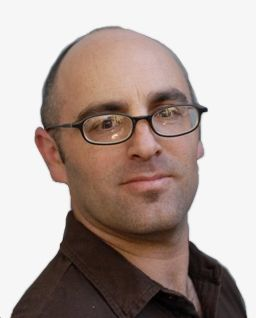


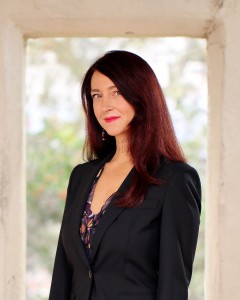

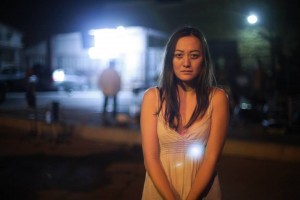
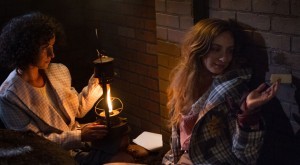
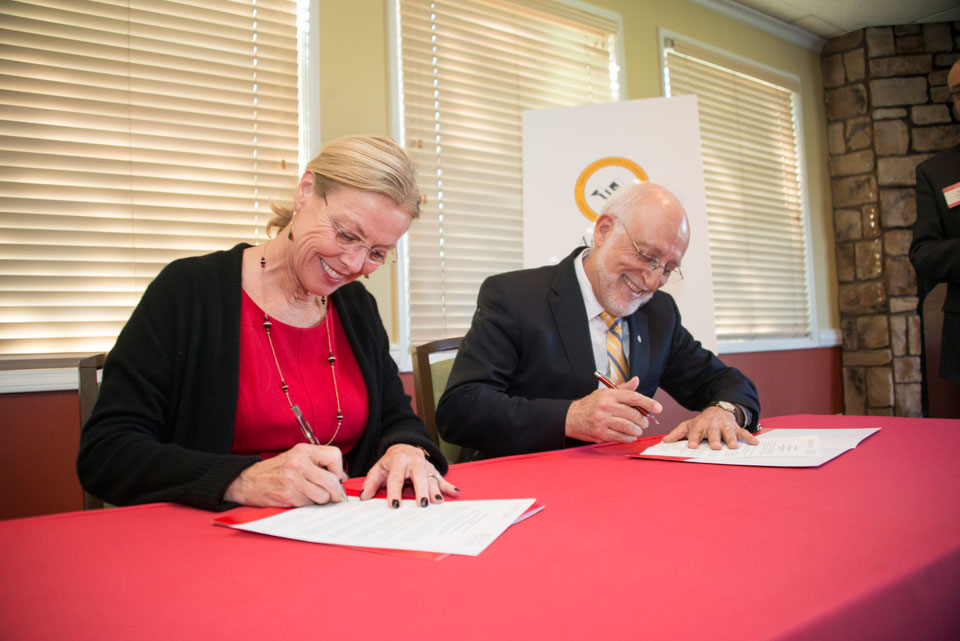

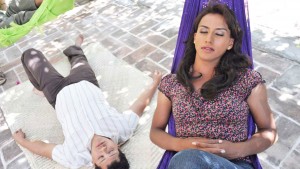



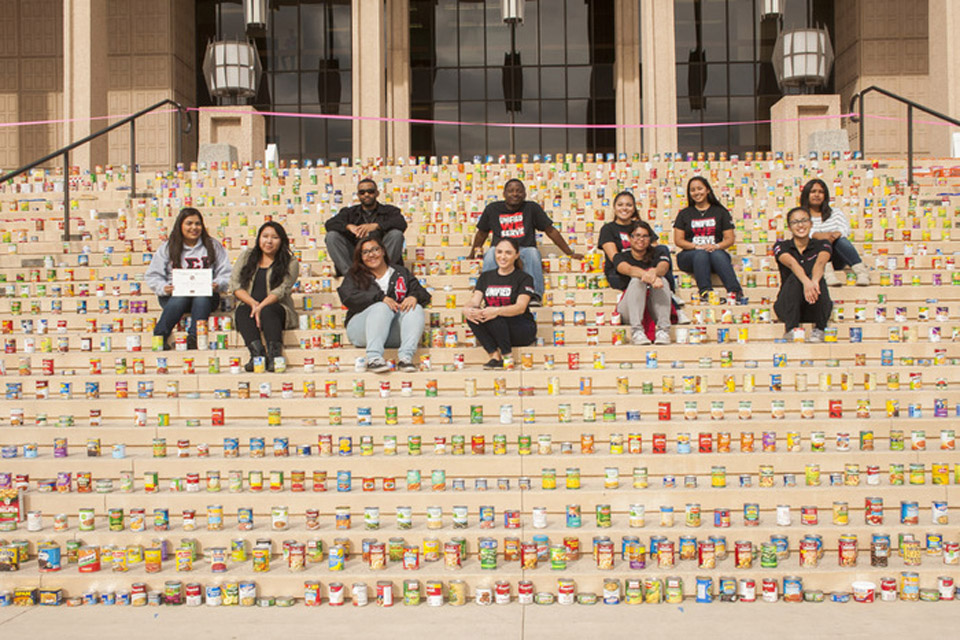

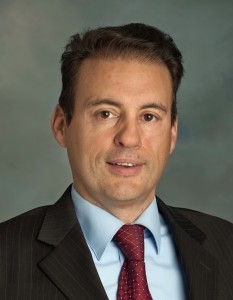
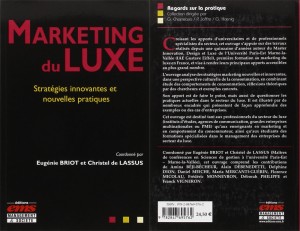 The Paris Chamber of Commerce was established by Napoléon Bonaparte in 1803. The best business book selection also was made by the Académie Française de Sciences Commerciales, which was established in 1957.
The Paris Chamber of Commerce was established by Napoléon Bonaparte in 1803. The best business book selection also was made by the Académie Française de Sciences Commerciales, which was established in 1957.
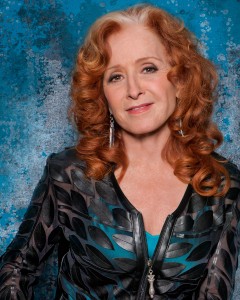

 Properly pruned rose bushes are more disease resistant, grow better, require less maintenance and produce better blooms. So why does the act of pruning roses seem so daunting?
Properly pruned rose bushes are more disease resistant, grow better, require less maintenance and produce better blooms. So why does the act of pruning roses seem so daunting?


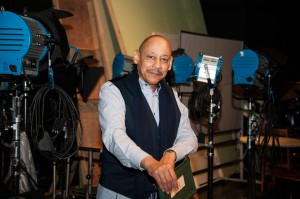
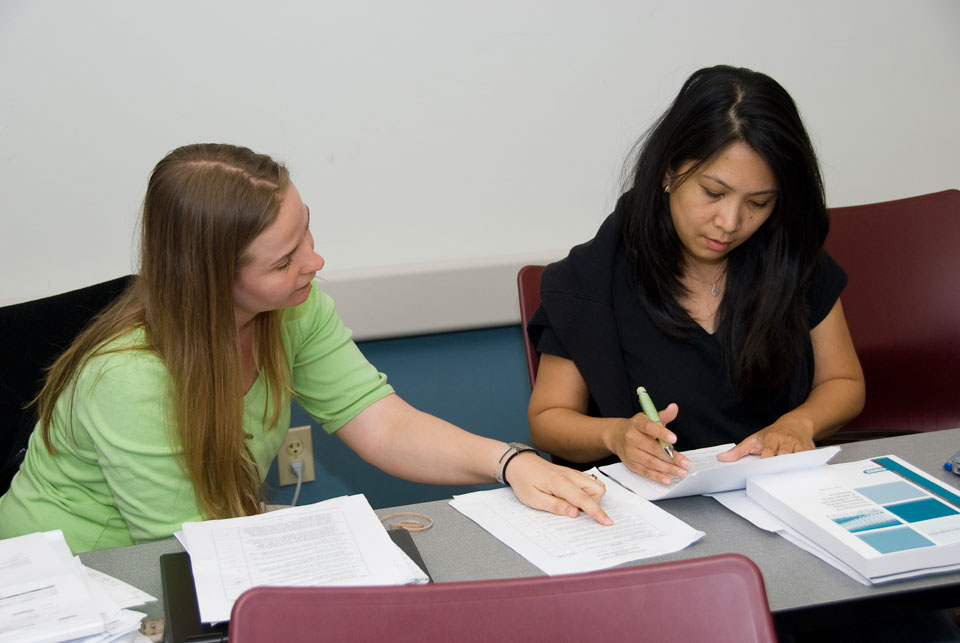

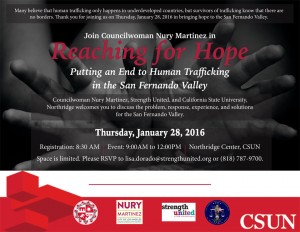 Los Angeles City Councilwoman Nury Martinez and Los Angeles County Supervisor Mark Ridley-Thomas will join members of law enforcement and community-based organizations, as well as officials from California State University, Northridge and Strength United, to explore ways to stop human trafficking in the San Fernando Valley on Thursday, Jan. 28, at the university.
Los Angeles City Councilwoman Nury Martinez and Los Angeles County Supervisor Mark Ridley-Thomas will join members of law enforcement and community-based organizations, as well as officials from California State University, Northridge and Strength United, to explore ways to stop human trafficking in the San Fernando Valley on Thursday, Jan. 28, at the university.


 Les Paul’s Big Sound Experience will immerse visitors in the world of Les Paul and learn about his innovations in music, and take part in his legacy by making and mixing music from 10 a.m. to 4 p.m. on Feb. 2 and from 9 a.m. to 3 p.m. on Feb. 3, in front of the Valley Performing Arts Center on Nordhoff St.
Les Paul’s Big Sound Experience will immerse visitors in the world of Les Paul and learn about his innovations in music, and take part in his legacy by making and mixing music from 10 a.m. to 4 p.m. on Feb. 2 and from 9 a.m. to 3 p.m. on Feb. 3, in front of the Valley Performing Arts Center on Nordhoff St.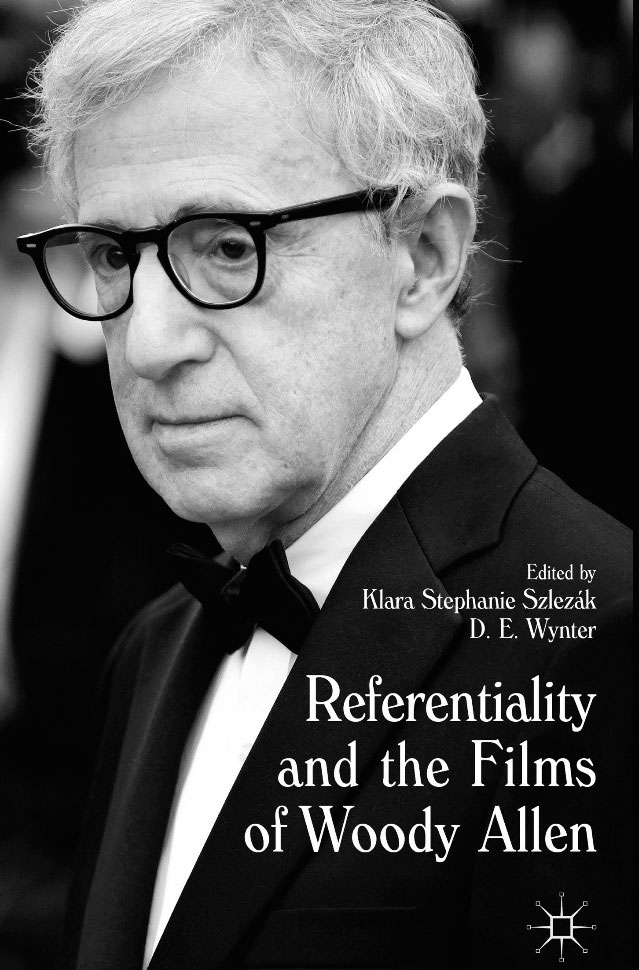
 When watching a Woody Allen film, California State University, Northridge film professor D. E. Wynter often plays a kind of intellectual film geek version of “Where’s Waldo” trying to find subtle, and not so subtle, references to great film or literary artists who have influenced Allen’s work.
When watching a Woody Allen film, California State University, Northridge film professor D. E. Wynter often plays a kind of intellectual film geek version of “Where’s Waldo” trying to find subtle, and not so subtle, references to great film or literary artists who have influenced Allen’s work.